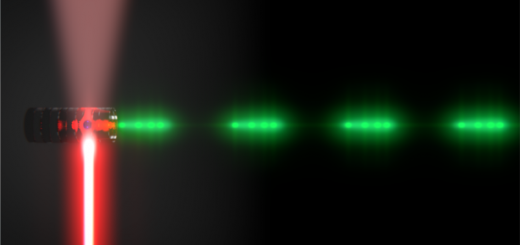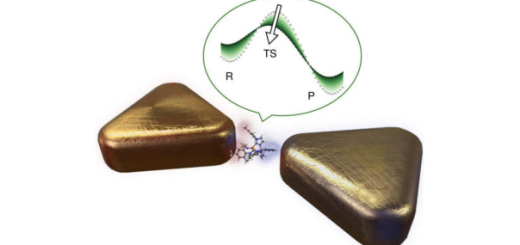Ultraefficient Coupling of a Quantum Emitter to the Tunable Guided Plasmons of a Carbon Nanotube
 Article: published in Physical Review Letters by Francisco J. García-Vidal, Department of Theoretical Condensed Matter Physics and IFIMAC researcher.
Article: published in Physical Review Letters by Francisco J. García-Vidal, Department of Theoretical Condensed Matter Physics and IFIMAC researcher.
The quest for schemes leading to efficient coupling between quantum emitters and the electromagnetic field is very actively pursued nowadays, for its potential applications to quantum information and to induce effective interactions between two-level systems (mediated by the electromagnetic field) and effective photon-photon interactions (mediated by the quantum emitters).
In this context, IFIMAC researcher Francisco J. Garcia-Vidal, in collaboration with Luis Martin-Moreno (ICMA) and Javier Garcia de Abajo (ICFO) have shown that the tunable plasmons of a highly doped single-wall carbon nanotube are a very promising platform for efficient coupling between quantum emitters and the confined plasmon field. Plasmons in these quasi-one-dimensional carbon structures exhibit very deep subwavelength confinement that pushes the coupling efficiency close to 100% over a very broad spectral range. This phenomenon takes place for distances and tube diameters comprising the nanometer and micrometer scales. As opposite to other metallic systems and also to graphene, carbon nanotubes present the crucial advantage of not requiring a spacer to avoid quenching (i.e., irreversible dissipation leading to heating of the metal) of quantum emitters at small separations. This finding not only holds great potential for waveguide Quantum Electrodynamics, in which an efficient interaction between emitters and electromagnetic modes is pivotal, but it also provides a way of realizing quantum strong coupling between several emitters mediated by carbon nanotube plasmons, which can be controlled through the large electro-optical tunability of these excitations. [Full article]



















